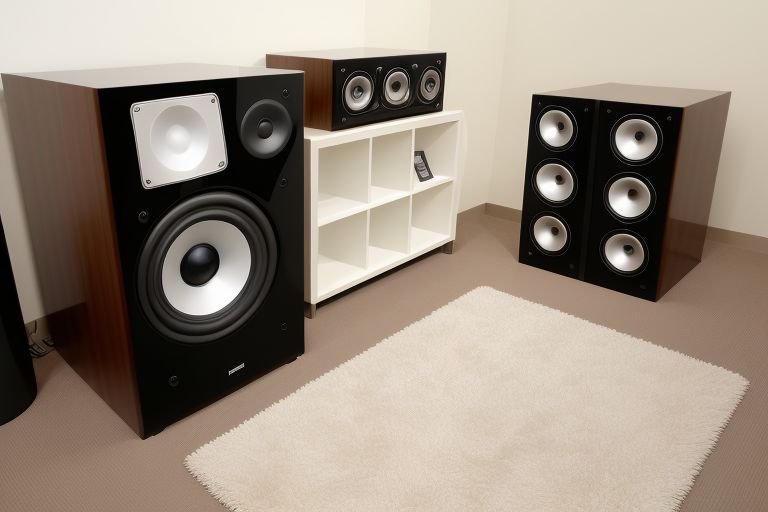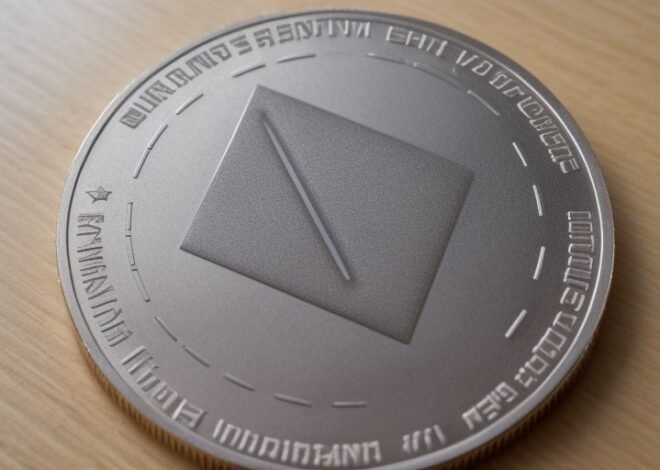
Psychology of Sound How Audio Influences Consumer Behavior
The influence of sound on human behavior is profound, particularly in how consumers interact with brands and make purchasing decisions. This comprehensive analysis delves into the psychology of sound and its potent effect on consumer behavior, exploring how businesses harness audio to enhance brand identity, drive consumer engagement, and increase sales.
Understanding the Impact of Sound
Sound affects us on various levels—emotionally, psychologically, and physiologically. It can evoke memories, affect mood, and even influence our perceptions and decisions without our conscious awareness. In the context of marketing, sound is a powerful tool used to build brand identity and influence consumer behavior.
Sound Branding: Creating Audio Identities
Sound branding, also known as audio branding or sonic branding, involves the strategic use of sound to reinforce brand identity and values. It includes elements like jingles, brand anthems, signature tunes, and even specific sounds associated with a product or service. For instance:
- Intel’s Four-Note Bong: This simple melody is instantly recognizable worldwide, reinforcing Intel’s image of innovation and technological excellence.
- McDonald’s “I’m Lovin’ It”: This catchy jingle not only promotes McDonald’s but also evokes feelings of joy and satisfaction associated with the brand.
Music and Consumer Experience
Music plays a critical role in shaping the consumer environment and can significantly affect how customers perceive a brand:
- Retail Environments: Background music in stores can influence shopping behavior, affecting how long customers stay, how much they purchase, or even their pace of walking. Tempo, volume, and genre can align with brand identity to create a desired atmosphere. For instance, slower music can lead to longer visits and increased sales.
- Advertising: Music in commercials can enhance recall, emotional response, and the persuasiveness of the message. A well-chosen song can become synonymous with a brand, enhancing both recall and emotional engagement.
The Role of Sound in Product Design
Sound quality can also play a critical role in product design, influencing perceptions of quality and value:
- Automotive Industry: The sound of a car door closing can influence perceptions of build quality and safety. Car manufacturers often engineer this sound to convey durability and luxury.
- Electronic Devices: The startup sounds of computers and the shutter click of camera phones are carefully designed to create a sense of reliability and high-tech precision.
Voice and Consumer Interaction
With the rise of digital assistants and voice-activated devices, the human voice has become an integral part of how consumers interact with technology:
- Voice Shopping: Devices like Amazon Echo and Google Home enable consumers to shop and make purchasing decisions using voice commands, which can streamline buying processes and foster brand loyalty.
- Customer Service: The tone, pitch, and pace of voice used in customer service, whether live or automated, can significantly affect customer satisfaction and perceptions of the brand.
Challenges and Ethical Considerations
While the strategic use of sound offers numerous marketing benefits, it also presents challenges and ethical considerations:
- Overstimulation: Excessive or inappropriate use of sound can lead to sensory overload, potentially deterring customers rather than attracting them.
- Privacy Concerns: Voice-activated devices raise concerns about privacy and data security, as they often require access to personal information.
Conclusion
The psychology of sound is a crucial aspect of consumer behavior that businesses cannot afford to overlook. By understanding and strategically applying sound branding, music, and voice interaction, companies can enhance customer experiences, strengthen brand identity, and drive consumer engagement. As businesses continue to explore new ways to integrate sound into consumer interactions, the potential for innovation in audio branding remains vast, promising exciting developments in the realms of marketing and consumer technology.


